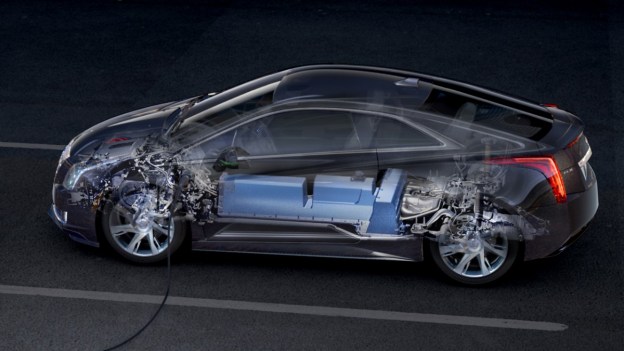 President Obama would like to use oil revenue to fund research into alternative fuels for cars and trucks. In an address from Argonne National Laboratory near Chicago, the President proposed putting $2 billion to toward green car tech.
President Obama would like to use oil revenue to fund research into alternative fuels for cars and trucks. In an address from Argonne National Laboratory near Chicago, the President proposed putting $2 billion to toward green car tech.
Standing in front a shiny new Ford Fusion, Obama outlined a plan to use money raised by allowing oil and gas drilling on publicly owned land to fund alternative fuels research. He said this is part of the Energy Security Trust he proposed in his State of the Union Address last month.
“We can support scientists who are designing new engines that are more energy efficient; developing cheaper batteries that go farther on a single charge; and devising new ways to fuel our cars and trucks with new sources of clean energy – like advanced biofuels and natural gas – so drivers can one day go coast-to-coast without using a drop of oil,” Obama said.
These are all technologies that could use some fine-tuning. Any carmaker selling a battery-electric vehicle will tell you that “range anxiety” is still an issue with these zero-emission cars. Biofuels and natural gas are often mentioned as alternative fuels, but their lack of availability hasn’t made them viable choices yet.
Car engines will have to get more efficient to meet the revised Corporate Average Fuel Economy (CAFE) standard of 54.5 mpg, which Obama mentioned in the speech, that carmakers will have to meet by 2025.
Advances in lightweight materials and the above-mentioned alternative energy sources could take some of the pressure off gasoline and diesel engines, though.
Whatever it’s used for, researchers would probably appreciate a nice $2 billion budget increase, and everyone can appreciate the irony of using oil lease revenues to pay for it.


